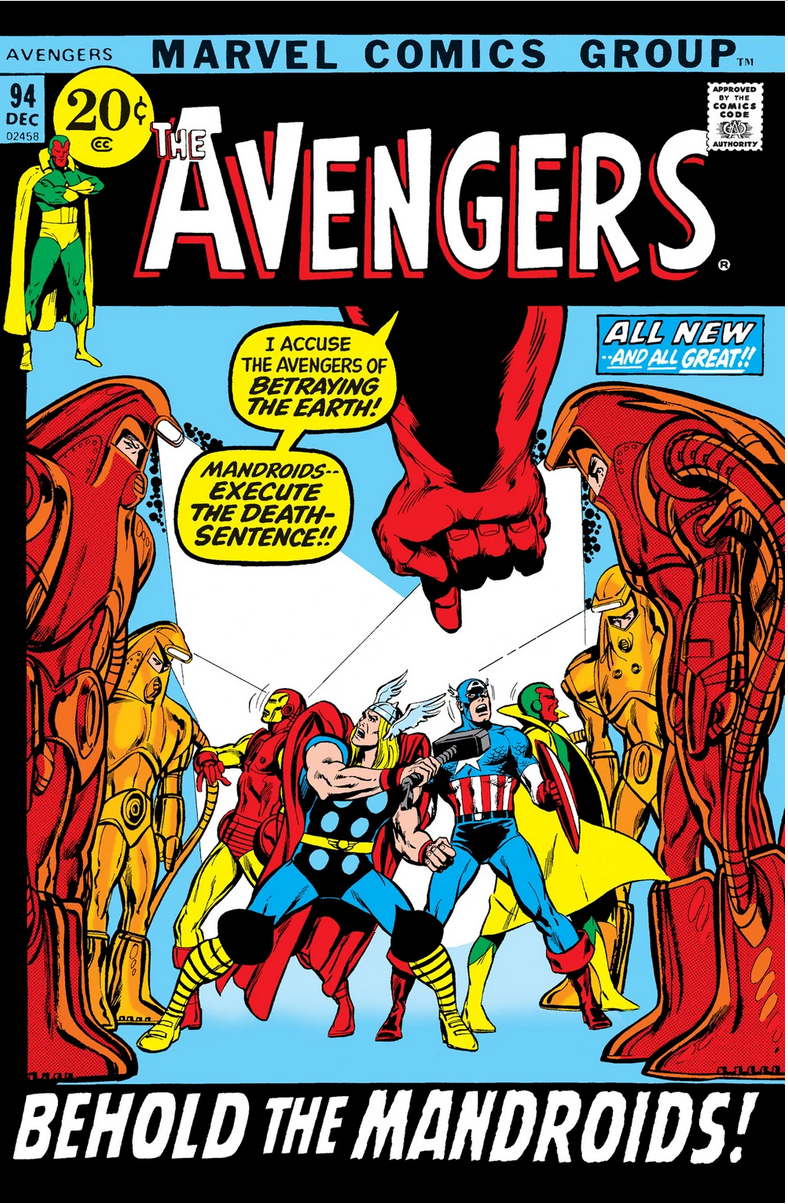In December 1971, a lesser-know Marvel hero tackled racism in Rawhide Kid #94.
Written and drawn by Larry Lieber (yes, Stan Lee’s kid brother and a fine comic book creator in his own right), the Rawhide Kid is little known outside comic book historian circles, but the series was popular for Marvel for many decades. The Rawhide Kid sprung to life in the mid-1950s when Marvel was called Atlas and a young editor named Stan Lee needed to find exciting (yet wholesome) heroes in the wake of the national hysteria regarding comic book indecency, including nationally-televised Senate hearings on the subject.
The singing cowboy actors, like Roy Rogers and Gene Autry, were perfect for comic books. They presented a generally wholesome image, but could mix it up with fistfights and gunfights, thus providing some action. And, people never seemed to get tired of celebrating America’s (complicated) history of the West.
The Rawhide Kid #94
Larry Lieber talked to Roy Thomas about his motivation for writing Rawhide Kid, explaining, “I wanted people to cry as if they were watching High Noon.” A famous 1952 film starring Gary Cooper, High Noon won a handful of Academy Awards and was selected by the Library of Congress for inclusion in the National Film Registry.
Like so many of Marvel’s famous superheroes, Marshal Will Kane (Cooper) has to choose between upholding his honor and fulfilling his duty to others or putting his personal happiness first. Fitting that such a conflicted character was Lieber’s inspiration and that his mental map was of a film, considering how cinematic Lee and others viewed Marvel comic books.
In Rawhide Kid #94, the cover is misleading, because the Kid actually helps Rafe Larsen the Black gunfighter shown shooting at him. After solving the mystery of a frame job against Larsen, the Rawhide Kid helps him to freedom, but Larsen knows that he will continue to confront racism, no matter the small town and “the next passle of haters!” Although Lieber and Marvel should be lauded for putting a Black character on its cover (rare in those days), race is treated simplistically with tried-and-true tropes, like the Kid stating: “Every man, white or black, is entitled to his day in court!” All the Whites in the story (except the hero) are trying to kill Larsen, but he is still berated for not trusting any of them.
We can’t go back in time to fully understand the historical context of why Lieber would pull his punches on race and racism, but from contemporary eyes, it seems he could have been more provocative.
On a separate note…I wonder if a Rawhide Kid MCU film will someday make its way to the screen…











